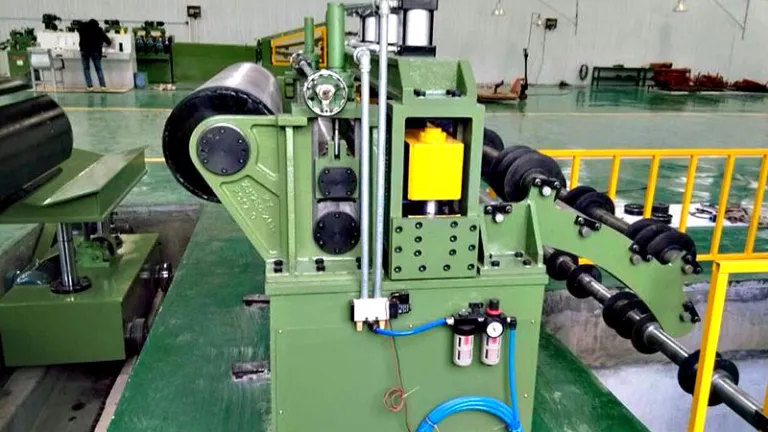Silicon Steel Slitting Lines: Environmental Impact and Sustainability
Silicon steel slitting lines play a crucial role in the processing of steel materials, specifically silicon steel, which is used in the production of electrical transformers, motors, and generators. While these slitting lines are essential for the manufacturing industry, they also have a significant impact on the environment and sustainability efforts.
Environmental Impacts of Silicon Steel Slitting Lines
One of the key environmental impacts of silicon steel slitting lines is the generation of waste materials. During the slitting process, offcuts and trimmings are produced as a byproduct, which can result in increased waste generation if not properly managed. This waste not only takes up valuable space in landfills but also poses a potential risk to the environment if it is not disposed of properly. Additionally, the slitting process itself can generate pollutants such as noise and emissions, which can have negative effects on air quality and the surrounding ecosystem.
Sustainability Challenges in Silicon Steel Slitting Lines
In terms of sustainability, silicon steel slitting lines also present challenges. The energy consumption of these machines can be significant, as they require large amounts of electricity to operate efficiently. This high energy consumption contributes to overall carbon emissions, which can further exacerbate climate change and environmental degradation. Additionally, the use of water in the cooling and lubrication processes of silicon steel slitting lines can put a strain on water resources, especially in areas where water scarcity is a concern.
Mitigating Environmental Impact and Promoting Sustainability
Despite these challenges, there are ways to mitigate the environmental impact of silicon steel slitting lines and promote sustainability in the manufacturing industry. One approach is to implement more efficient technologies and processes that reduce energy consumption and waste generation. For example, investing in energy-efficient motors and optimizing the slitting process can help reduce the overall carbon footprint of these machines. Additionally, implementing recycling and waste management programs can help minimize the amount of waste produced by silicon steel slitting lines and ensure responsible disposal practices.

Renewable Energy and Water Conservation Strategies
Another strategy to enhance sustainability in silicon steel slitting lines is to prioritize the use of renewable energy sources. By incorporating solar or wind power into the operation of these machines, manufacturers can reduce their reliance on fossil fuels and decrease their overall environmental impact. Furthermore, implementing water-saving technologies and practices can help minimize water consumption during the slitting process, reducing the strain on water resources and promoting water conservation.
Conclusion: Prioritizing Sustainability in Silicon Steel Slitting Lines
Overall, it is essential for manufacturers in the steel industry to consider the environmental impact and sustainability of silicon steel slitting lines. By implementing efficient technologies, reducing waste generation, and prioritizing renewable energy sources, companies can help minimize their environmental footprint and contribute to a more sustainable future. Through conscious efforts and responsible practices, the manufacturing industry can work towards achieving a healthier planet for future generations.

